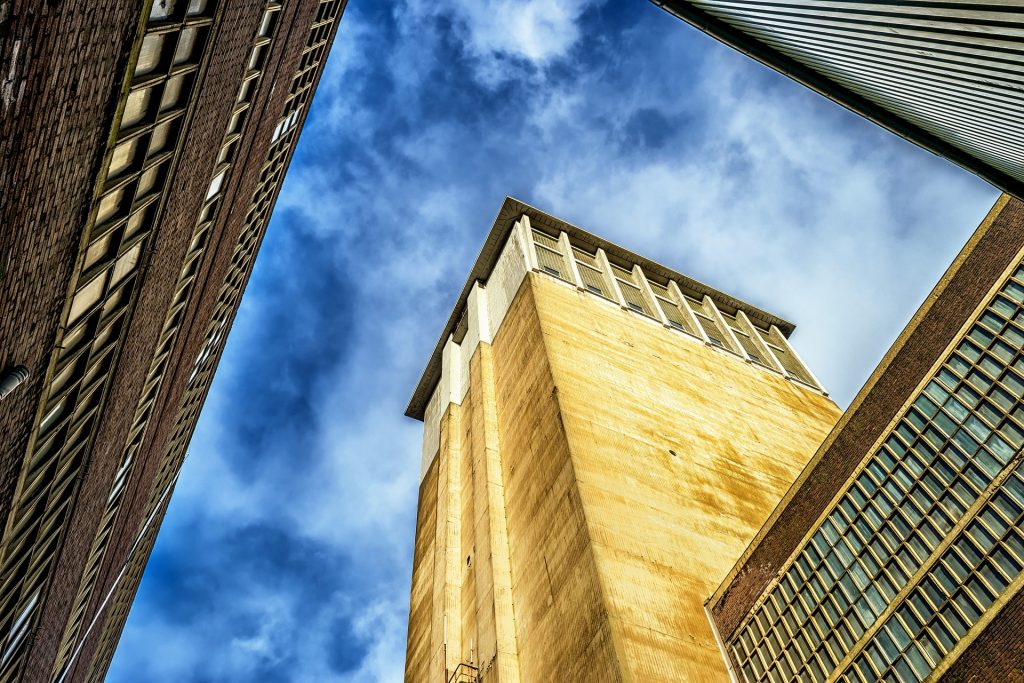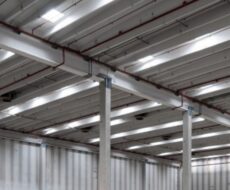
July 31, 2019
Earthquake strengthening: enhancing existing buildings
Enhancing existing buildings and making them safe: an overview of Italy’s building stock.

In Italy, existing buildings featuring precast concrete structures account for almost all buildings in manufacturing districts. From the late ’70s — especially in areas classed as non-seismic — precast structures relied solely on friction, hence they do not feature any structural connection between columns and beams, between beams and roof beams, and so on.
From 1905 to 2003, seismicity in Italy was assigned based on what municipalities had been hit by earthquakes.
Following 2003, there was a general recognition of the need for a more refined classification of the different areas.
Hence a horizontal acceleration value was assigned to each zone, resulting in a zone “1” rating indicating the most exposed areas, through to zone “4” indicating areas at lower risk.
When the 2012 earthquake struck the Emilia-Romagna region on the 29th of May, the industrial district was hard hit, setting off loud alarm bells around, among other things, panels and anchor points.
From a technical point of view, existing buildings erected prior to Italy’s building code (NTC 08) coming into effect in 2009 may feature possibly serious shortcomings that can significantly compromise the structure should an earthquake strike. All buildings erected under the previous regulations are now in the spotlight, regardless of whether they are located in known seismically active areas.






